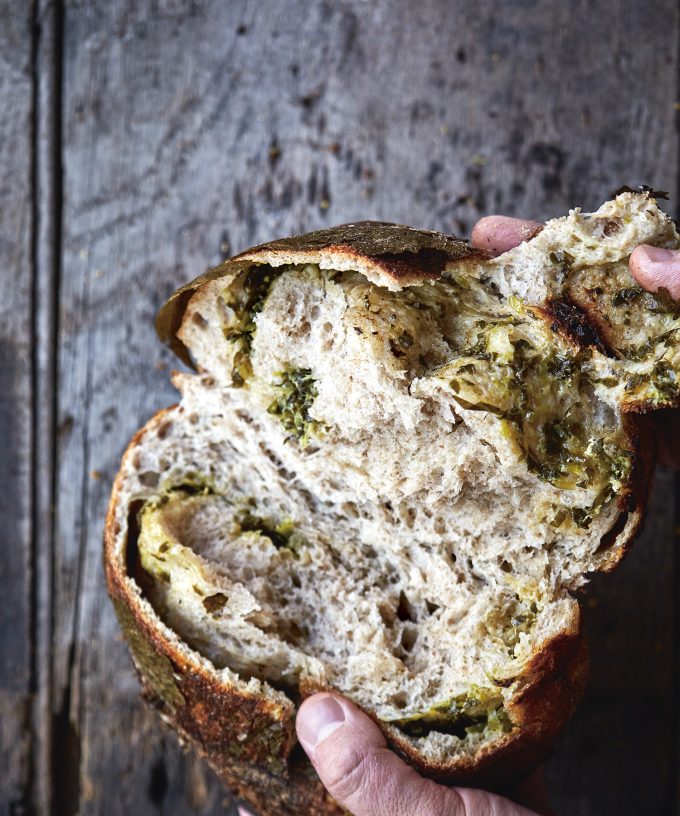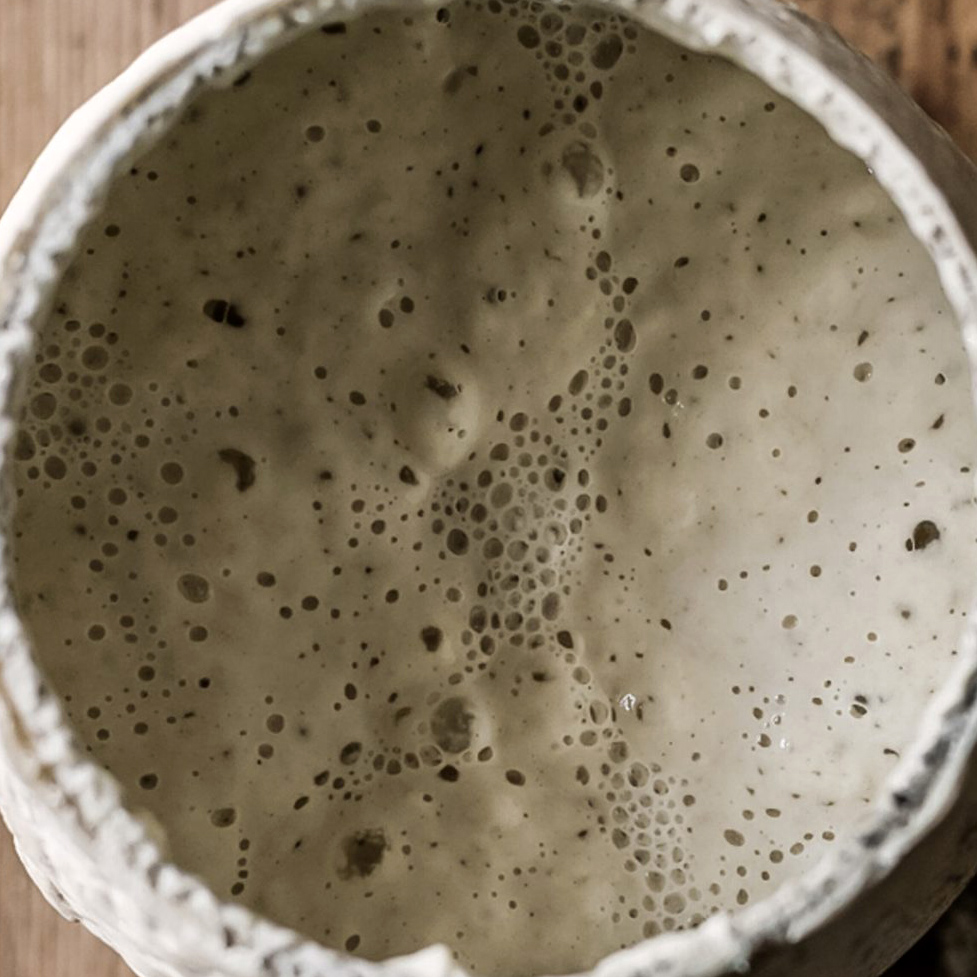What is a Prebiotic?
A prebiotic is a type of fibre or compound in food that feeds the beneficial microbes in the gut. These microbes, in turn, play a vital role in digestion, immunity, and mental health. Unlike probiotics, which are live microorganisms, prebiotics act as a food source for them.
Prebiotic’s work by helping beneficial bacteria to thrive and produce nutrients that support gut and mental health.
How Do Prebiotics Work in Sourdough?
Wholegrain sourdough is naturally rich in prebiotic’s. During baking, many types of fibre remain intact. These fibres pass through the digestive system and reach the colon, where beneficial bacteria break them down. This fermentation process produces short-chain fatty acids, such as butyrate, which support gut health and reduce inflammation.
The Role in Gut and Mental Health
Prebiotic’s help create a diverse and balanced gut microbiome. This diversity supports immune function and mental health through the gut-brain axis.
At The Sourdough School, we use the BALM Protocol to explore these relationships. Through our courses, we teach how sourdough bread can be part of a personalised approach to improving gut health and wellbeing.

Prebiotic Benefits in Wholegrain Flour
Wholegrain flour provides a natural source of prebiotic fibres, which feed beneficial bacteria in the gut and support digestive health. Unlike refined flour, which loses much of its fibre content during processing, wholegrain flour retains a complex structure. This structure helps nourish a diverse gut microbiome, which is linked to improved resilience and overall wellbeing.
At The Sourdough School, we use freshly milled wholegrain flours to preserve these prebiotic fibres. Fresh milling ensures the fibres remain intact and active, offering greater nutritional value compared to aged or oxidised flour. We have also created a unique Botanical Blend Flour composed of whole grains, seeds, herbs, and edible flowers. This blend provides a wide range of prebiotic fibres and polyphenols, which support microbial diversity and gut health.
Adding sourdough made with wholegrain flour to your diet not only increases fibre intake, but also helps support the growth of beneficial gut bacteria. In turn, this can improve the absorption of nutrients and maintain a healthier digestive system.
Why Are Prebiotics Important?
Prebiotics help maintain the balance of gut microbes, supporting both physical and mental health. A well-fed microbiome contributes to better digestion, improved immune function, and even mood regulation. This relationship is central to our BALM protocol, which connects bread to health through nutrition and fermentation.
We also explore the role of prebiotics in our Bread and Health Assessments and online courses, offering personalised support and education.
 Synbiotic
Synbiotic



